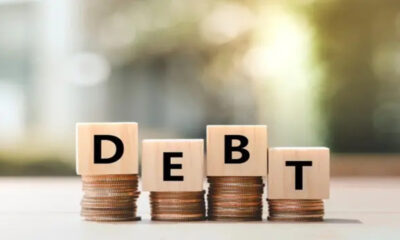Learning how to build an emergency fund is one of the most important steps you can take to protect your financial life. Many people believe emergency funds are only for high earners, but the truth is that anyone can build one even with a small salary. Knowing how to build an emergency fund gives you peace of mind, reduces stress, and keeps you prepared for unexpected events like job loss, medical bills, repairs, or family emergencies. In simple terms, an emergency fund is your financial safety net, and understanding how to build an emergency fund is the key to avoiding debt when life happens suddenly.
What Is an Emergency Fund?
An emergency fund is money you set aside strictly for unexpected expenses. It’s not for buying new clothes, eating out, or going on holiday. It is savings you do not touch unless there is a real emergency.
Experts say you should ideally have three to six months of your living expenses saved, but you don’t have to reach that target immediately. The most important step is starting.
Why You Need an Emergency Fund
Understanding how to build an emergency fund is important because emergencies don’t warn before they happen. A simple health issue, a broken phone, or a car repair can destabilize your entire budget if you don’t have money set aside.
An emergency fund helps you:
- Avoid borrowing money under pressure
- Reduce stress and panic during sudden problems
- Stay financially stable
- Prevent small issues from turning into major crises
Even if your income is low, having even a small emergency fund can save you from falling into debt.
How to Build an Emergency Fund (Even on Low Income)
1. Start With a Small, Realistic Target
If you try to save too much at once, you may get frustrated. Start small.
Your first goal can be ₦10,000, ₦20,000, or ₦50,000 depending on what you can afford.
Small steps make it easier to stay consistent.
2. Track Your Expenses
To understand how to build an emergency fund, you must know where your money goes.
Write down what you spend daily or weekly. This helps you see what to reduce, cut, or stop completely. You can use a notebook, Excel sheet, or a simple budgeting app.
3. Cut Small Costs That Add Up
You don’t have to remove everything you enjoy. Just cut unnecessary spending little by little.
Examples include:
- Reducing takeout meals
- Limiting impulsive online shopping
- Cutting paid subscriptions you don’t use
The small savings can go straight into your emergency fund.
4. Save Automatically
If possible, automate your savings.
For example, move ₦1,000 to ₦5,000 automatically each time you get paid.
When money leaves your account automatically, you don’t have to rely on willpower.
5. Increase Your Income (Even Slightly)
If your income is very low, building an emergency fund may feel slow.
Look for small side gigs, freelance tasks, tutoring, or selling unused items.
Even an extra ₦10,000 – ₦20,000 monthly can speed up your emergency fund.
6. Keep the Money in a Separate Account
To succeed in how to build an emergency fund, keep your emergency savings in a place you don’t touch easily.
A savings account, online wallet, or digital bank vault works well.
When the money is separate, you won’t be tempted to spend it.
7. Replace Anything You Use
If you take money from the fund for a real emergency, rebuild it as soon as you can.
The goal is to keep the safety net strong.
Learning how to build an emergency fund is not about how much you earn, it is about planning, discipline, and consistency. Start small, save regularly, and protect your future one step at a time. Even on a low income, you can build a strong financial foundation that keeps you secure when life surprises you.












